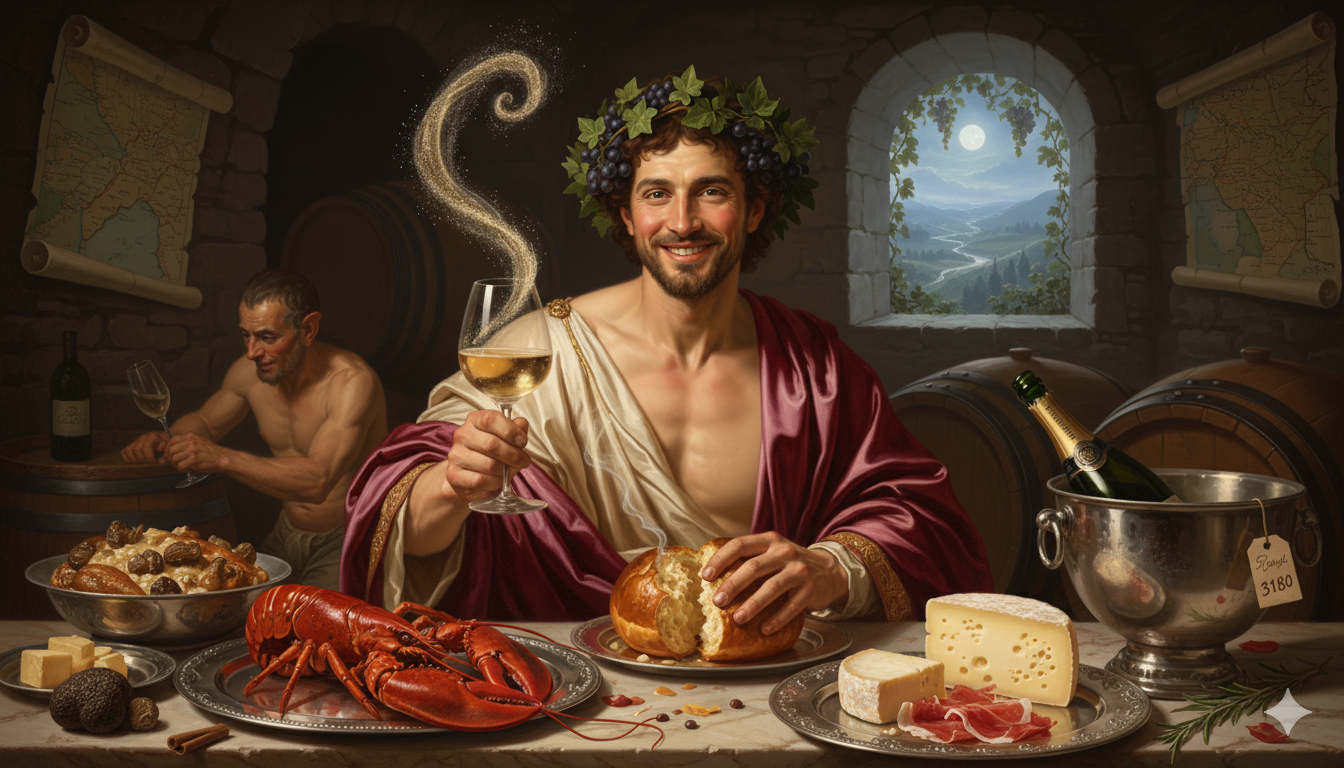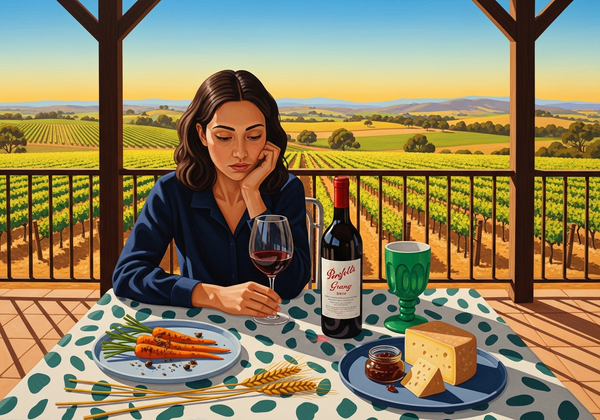Phylloxera’s Middle Finger, Poured Cold: Bollinger VV 2008
Bollinger VVF 2008: ungrafted Pinot Noir from two Aÿ clos; low-dosage, oak-fermented power, 3,180 bottles, long cellar life.

You want a Champagne that doesn’t just “pair with oysters” but rewires the evening’s electricity? Here it is: Bollinger Vieilles Vignes Françaises 2008—VVF if you’re in the cult. This isn’t a polite sparkle; it’s a time capsule with a detonator. Two hand-tended walled plots, ungrafted vines, Pinot Noir with a black-velvet growl. It’s the bottle that shows up late, steals your seat, and somehow you’re glad it did.
Aromas From A Walled Time Capsule
In the glass it glows pale gold with a streak of copper—the kind of sheen you see on antique cutlery right before dinner gets sinful. Give it air. The first hit is warm brioche and roasted hazelnut, then a flicker of mocha and toasted spice. Fruit slides in—mirabelle, red plum, a little orange oil—and a chalk-dusted breeze as if someone cracked a cellar door under Aÿ at midnight. It smells expensive, sure, but more importantly, it smells alive.
Silk Gloves Over Brass Knuckles
The attack is a cool blade—precise, saline, almost surgical—before it unrolls into satin: orchard fruit buttered on toast, verbena and cardamom skittering across the palate, a discreet sweetness from low dosage that feels like a wink, not a spoonful. Texture is the headline: mousse like whipped silk, weight without drag, a core of racy acidity that carries the whole orchestra. The finish? Chalk, lemon pith, and roasted nuts lingering long enough for a second course and a bad idea.
Two Tiny Clos, One Giant Myth
VVF is sheer Champagne heresy preserved in amber: Pinot Noir from two microscopic walled vineyards right by the house in Aÿ—Clos Saint-Jacques and Les Chaudes Terres—planted the old way (“en foule,” layered by provignage) and never grafted onto American rootstock. A living pre-phylloxera museum… except the museum roars. Bollinger ferments this wine in old oak and ages it under natural cork, then bottles a sliver of it—just 3,180 numbered bottles in 2008. That’s why you rarely “see” VVF; you hear rumors and the clink of a key turning in someone’s private cellar.
How To Serve The Rebel
Don’t chill it to death. Serve at 50–54°F (10–12°C) in a Burgundy stem or a serious white-wine glass—flutes are handcuffs for a wine with this range. Open it 15–20 minutes early and let the first pour relax; it blooms fast. Food? Brown-butter lobster with lemon and chive, roast chicken drowning in morels and cream, jamón ibérico carved thin enough to sin, a wedge of 30-month Comté, or—if you must—caviar on warm blini with crème fraîche. This is a table wine in a tux; treat it like one.
For Your Vault, Not Your Back Pocket
Collectors already know 2008 is hallowed ground in Champagne, and VVF 2008 is canon. William Kelley stamped it with a perfect score; markets have responded in kind. Production is tiny, demand is feral, and prices commonly sit north of two grand for 750ml, with a drinking window stretching decades. Translation: scarcity is real, critical validation is locked, and the trajectory favors patience—buy two if you can, drink one after a scandalous dinner, bury the other.
Final Plea From Your Favorite Bad Influence
You don’t “need” this bottle. You also don’t need symphonies, or caviar, or lovers who make you late to brunch. But regret arrives colder than Champagne, and slower to fade. If you see VVF 2008, don’t put it back. Put your name on it.





